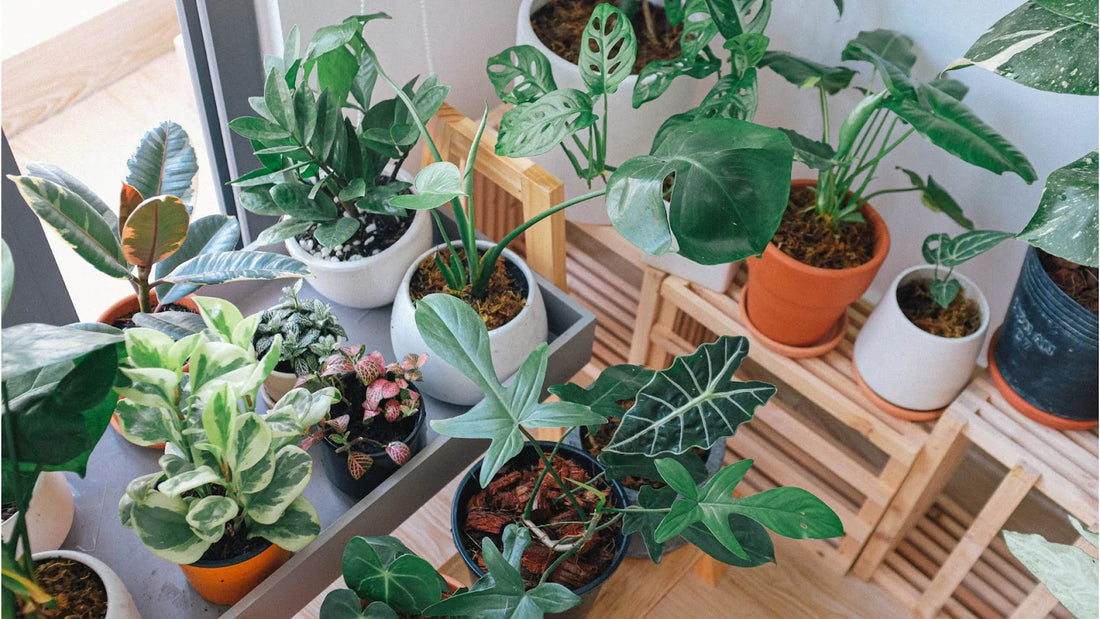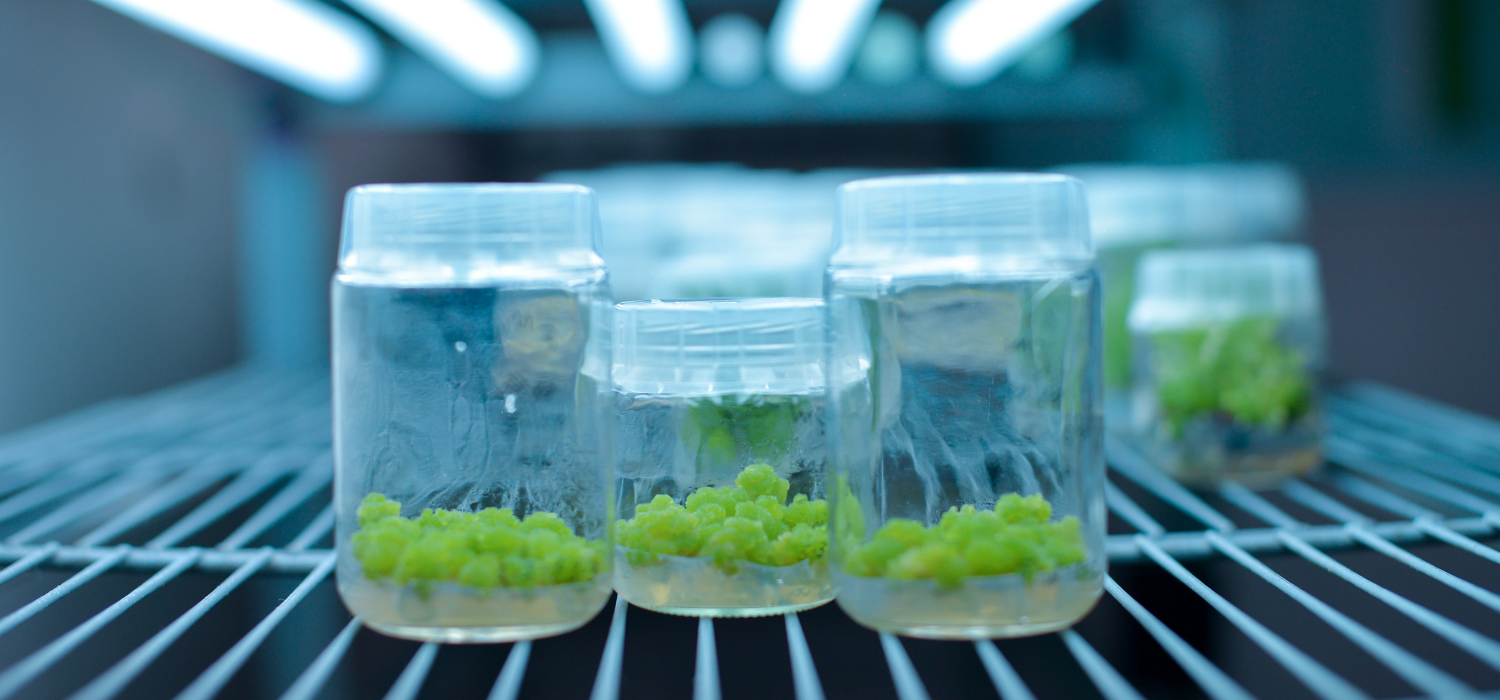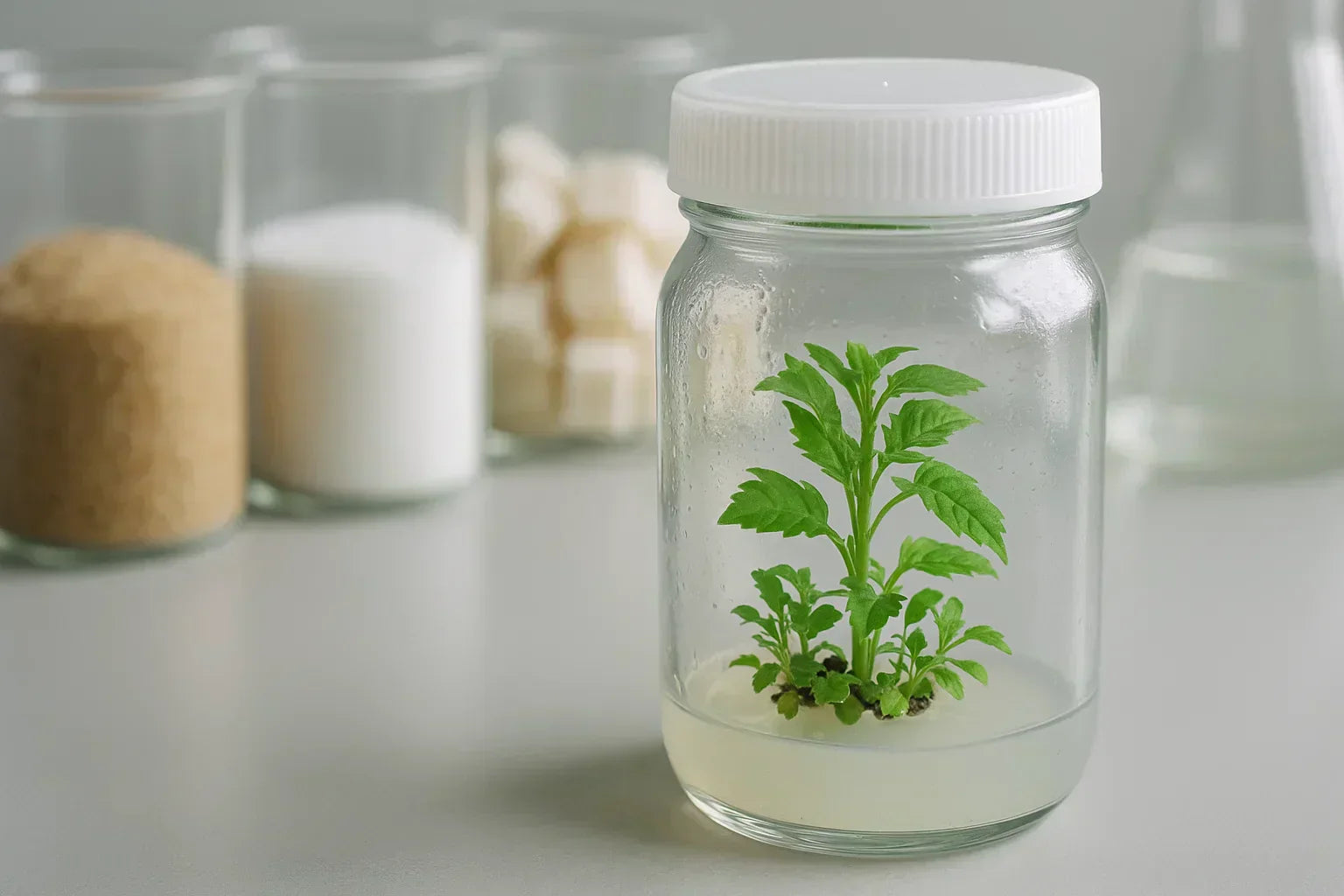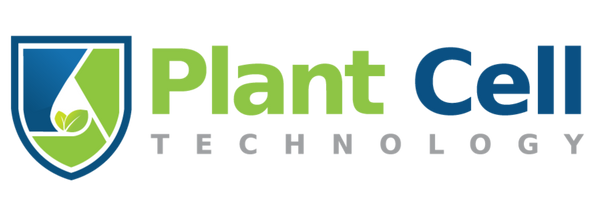
Are Your Plants Healthy?—Learn What They Need To Grow!
As a content and community manager, I leverage my expertise in plant biotechnology, passion for tissue culture, and writing skills to create compelling articles, simplifying intricate scientific concepts, and address your inquiries. As a dedicated science communicator, I strive to spark curiosity and foster a love for science in my audience.


Overview
“My plants are wilting, and drying even if I am watering them every day,” said one of my friends, Aashu. I told her plants not only need water to grow well and healthy. You need to ensure the fulfillment of other factors as well.
“So, what are they?” she asked.
Answering the question made me realize that many of our beginner growers or plant enthusiasts assume they only need to water the plant to keep it growing. And, it’s a blunder mistake you do. By doing this you are killing your plant.
First, you need to understand that each plant has different requirements and alongside water, you need to ensure they are getting proper nutrients and environmental conditions as. Let's take an example of a desert plant.
You must have heard your nurseryman saying do not water the plant too much. Why is this so? Because desert plants have the nature to grow in water-deficient areas. They are adapted to an environment where less water is available and thus they have developed accordingly.

Thus, when you bring that plant to your home, you need to ensure that you are providing the same natural environment to which this plant is adapted. And, this is where we go wrong, we think, let’s just water the plant every day so that it doesn't die. But, it’s like you are drowning, suffocating, and killing them.
In this article, we talk about what plants need to grow and what are the factors responsible for the healthy growth of a plant.
Plant Growth Requirements
As humans, plants also have different phases of growth and development, which include:
- Sprout: Seed germination
- Seedling: Seed coming out with a pair of leaves
- Vegetative: Plants growing stems and foliage
- Budding: Plants transition to the blooming stage
- Flowering: Plants start flowering
- Ripening: When flowers or fruit reach their full maturity

At all these stages, plants just have basic needs to survive. It includes sunlight, air, water, soil, the right environment, and proper space. Let’s have a look at each factor and understand how they contribute to plants' growth and development.
-
Light
Sunlight is the source of energy for plants to make their own food by using the process of photosynthesis. In the process, CO2 is obtained from water and air in a chemical reaction, powered by sunlight, to convert it into sugar that plants use for their growth and development. However, one must note that not all plants need the same level of sunlight. For example, some like to live in shade, some like to be warm, and some need to be in proper sunlight for their growth and development.

-
Water
Water is needed to activate seeds in the soil to germinate. It softens seeds and signals them that “hey wake up from your sleep, it’s time to grow”. As plants start growing they need more and more water to circulate nutrients throughout plants. And, that’s why you must have observed plants wilting and looking weak in the lack of it. Because lack of water means a lack of proper nutrients that plants need for their growth and development and to live. Further, it also increases mineral absorption, keeps plant cells turgid, lower leaf temperature, and is involved in the photosynthesis process of the plant.

-
Soil
Soil provides nutrients and minerals, water, and support for the proper growth and development of plants. Over half of the nutrients required by plants are supplied from the soil. Further, soil also protects plants' roots from extreme temperature fluctuation and their death. It also contains air pockets, which contain oxygen for the breakdown of sugar into fuel for plant needs. It must also be noted that soil is also a pH factor for plants. It differs based on plant species. For example, some plants require a slightly acidic environment, whereas others need a slightly alkaline environment.

-
Nutrients
Plants need 17 nutrients to grow, develop, and mature. They are divided into macro and microelements. A few examples of such elements include carbon, oxygen, hydrogen, nitrogen (for photosynthesis and protein formation), phosphorus (for photosynthesis and healthy root development), calcium (to build cell walls), magnesium (for photosynthesis), and potassium (for better immunity against diseases). Plants get these nutrients through different processes, such as the excretion and decay of living organisms, rock weathering, and from the air through respiration.
However, the composition of these nutrients differs for each plant species. The information is essential when you try to grow these plants in a lab environment through a process, known as tissue culture.

-
Air circulation
Plants need a better air exchange environment for their proper growth and development. They take in CO2, carbon dioxide, from the air, which is essential for the process of photosynthesis. Further, good air circulation is required to keep the plant’s environment disease-free. In the absence of air circulation, the soil around the plant remains damp, which can provide a breeding environment for bacterial and fungal infections. Also, lack of proper air exchange in soil, leads to the rotting of plant roots, leading to plant death.

Apart from this plants also your time, proper maintenance, and love and care for their healthy development. Apart from conventional techniques, tissue culture techniques also need growers to have an understanding of the requirements of the plants.
And, if you are a plant enthusiast or a business, then try your hands on tissue culture to overcome all the problems you are facing with the conventional approaches, such as pathogen attack, time-taking development, poor growth and yield, and extensive labor.
How Does Plant Cell Technology Help Plant Businesses Grow Through Tissue Culture?

Plant Cell Technology is the leader in the plant tissue culture area. We offer you world-class tissue culture products, services, and other solutions to make your tissue culture as smooth as possible. In our PCT store, you can find all the tissue culture products you need for the process, ranging from MS media, Agar, Gellan Gum, PPM, Culture Vessel, Starter Kit, Biocoupler, and many more things.

Furthermore, if you’re stuck at a tissue culture stage or need help to get started in your tissue culture business, we have tissue culture consultation services. By choosing this service you can have a one-on-one conversation with our tissue culture expert and get instant solutions to all your tissue culture problems.
We also have blogs and Youtube videos that release useful educational content each week. From tissue culture theory to practical procedures, we have created everything you need to learn about tissue culture. Check it out here now!
If you have any questions about our tissue culture products and services, write to us at info@plantcelltechnology.com.
Happy Plant Tissue Culturing!
Blog Categories
View by Level
Popular Blogs

Light and Temperature Control in Tissue Culture: Why It’s Critical
Introduction Meeting the global demand for high-quality plants—whether for agriculture, horticulture, or conservation—is a significant challenge. Traditional propagation methods are...
Read More
Why Carbohydrate Sources Matter in Plant Tissue Culture Media
Introduction Ever wondered why a simple sugar can make or break your plant tissue culture success? It’s a question that...
Read MoreSubscribe to Our Newsletter







Join the conversation
Your email address will not be published. Required fields are marked